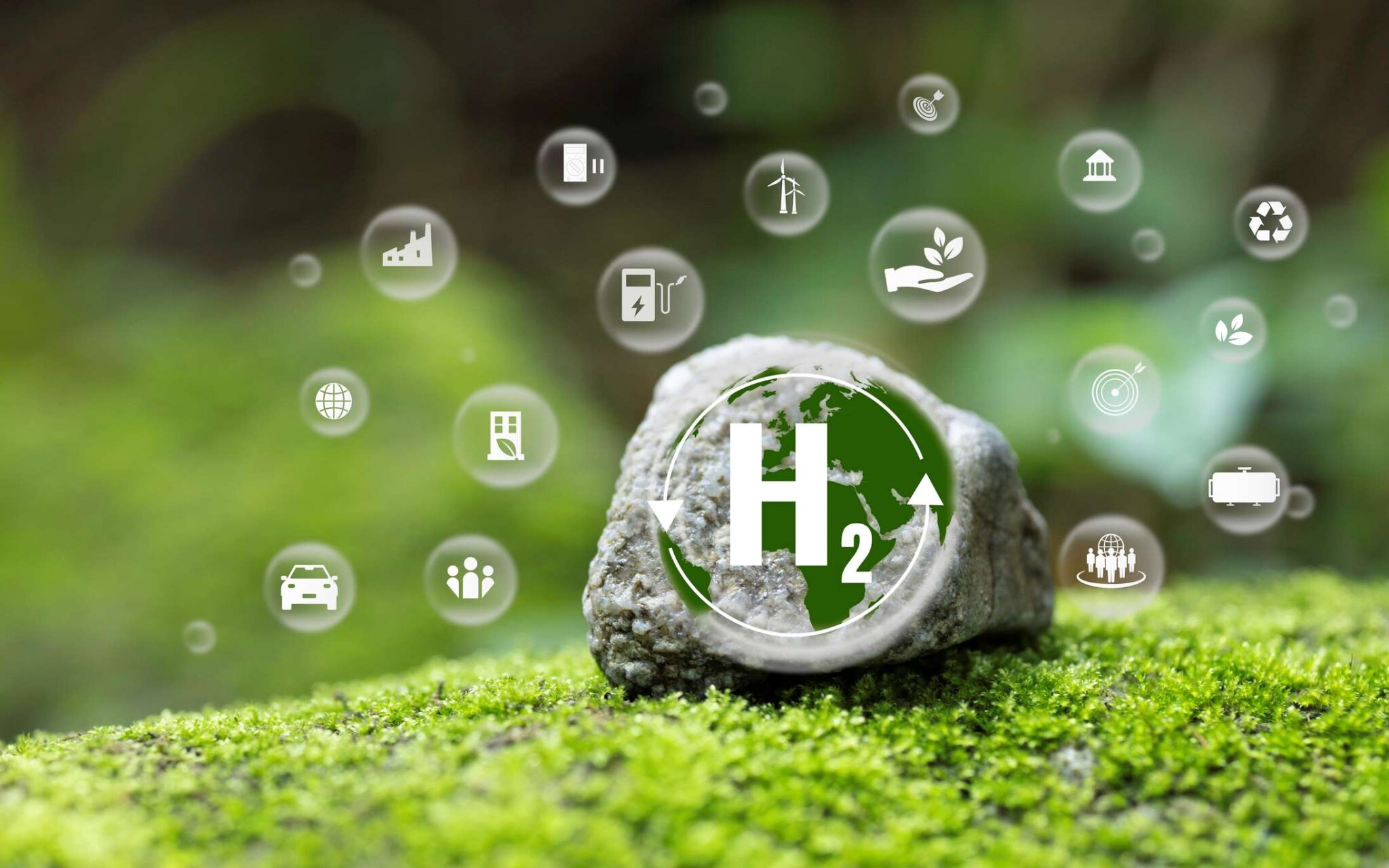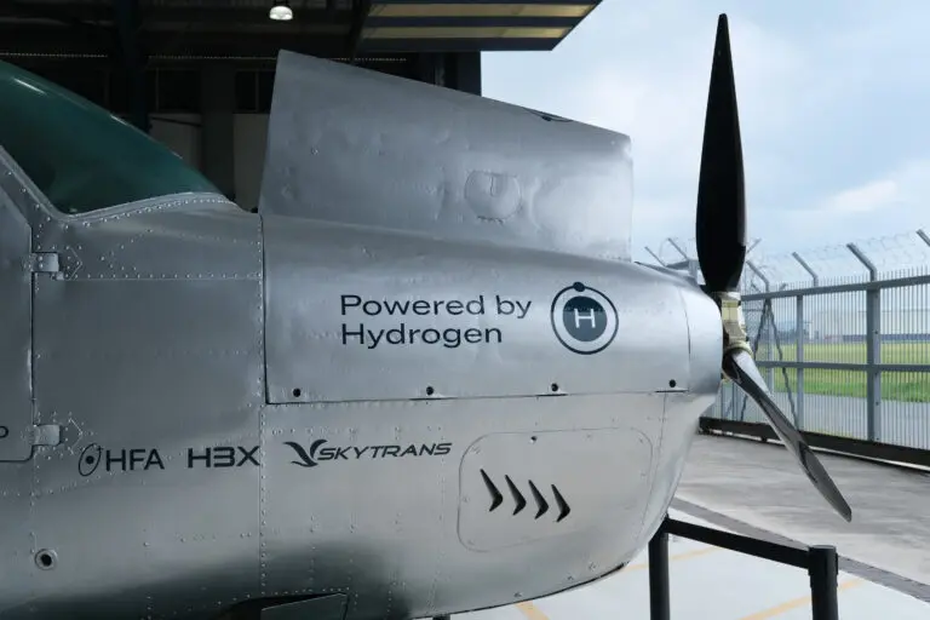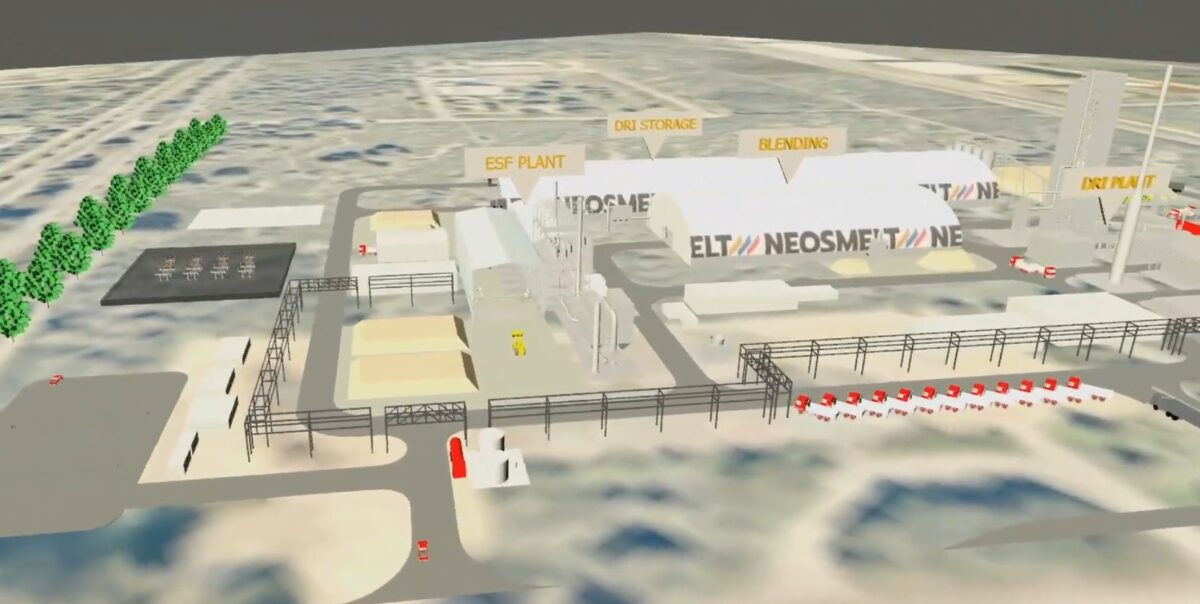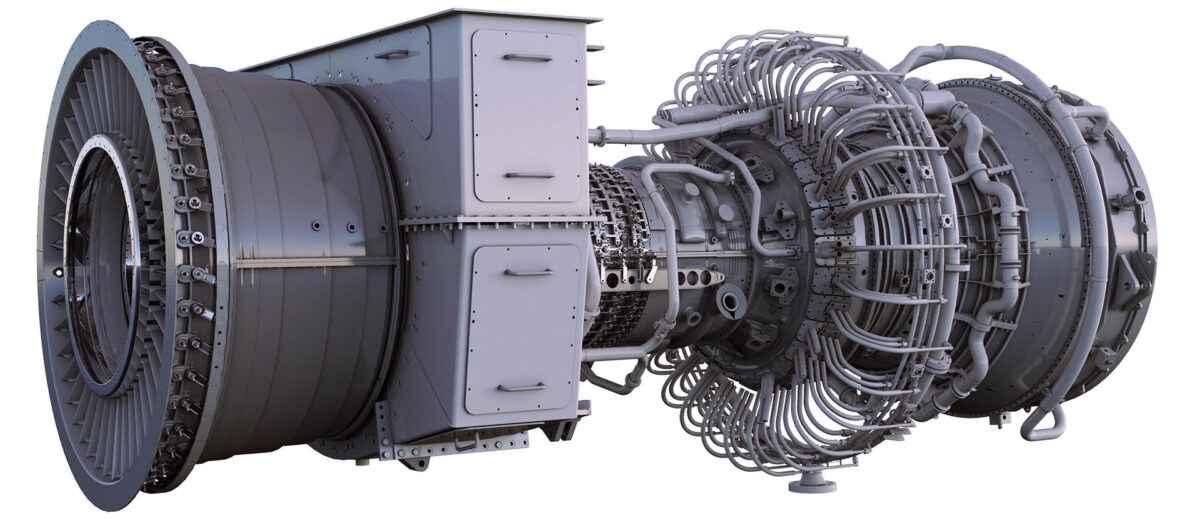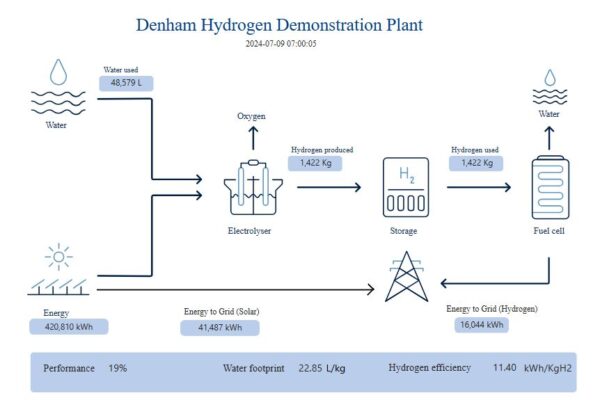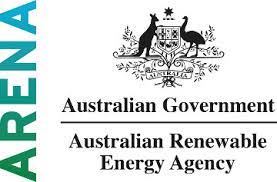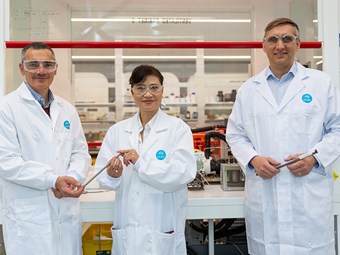“Australia can be a world leader in hydrogen and we look forward to working with governments to progressing ‘H2 under 2’.”

That’s the message from Australian Hydrogen Council CEO Fiona Simon as the Morrison Government today unveiled its long-awaited Technology Investment Roadmap with a key focus on hydrogen.
Energy Minister Angus Taylor said the Roadmap will bring a strategic and system-wide view to future investments in low emissions technology.
According to Taylor, the government sees enormous potential in technologies like hydrogen, carbon capture and storage, soil carbon sequestration, biofuels, resources and energy exports to reduce emissions while strengthening Australia’s economy.
“At its core, this is about technology not taxes. It means reducing emissions, not reducing jobs and the economy. It is an approach based on rigour, confidence, optimism, and Australian ingenuity not ideology,” Taylor said in a statement.
Clear focus
The government will back new and emerging technologies that:
Continue supplying the affordable and reliable energy households and industry need to support jobs and the economy;
Increase the productivity of export sectors like agriculture, energy, metals and minerals processing;
Allow Australia to capitalise on opportunities to develop new industries and jobs;
Position Australia to support our trading partners’ plans to reduce emissions through the export of low emissions technologies, energy and other products.
Taylor noted how other countries, particularly Australia’s largest trading partners, are reluctant to commit to policies and targets with material economic costs.
“Australia will play its role on the global stage by partnering with other nations to accelerate technologies with high abatement potential,” he said.
“Reducing emissions in a way that benefits the economy of these countries is the only way to broad agreement on a way forward.”
“Real action on technology, not taxes, is the pathway to increasing global ambition.”
H2 under $2
Through the Technology Investment Roadmap process, clear goals will be set for the most important and prospective of these – as the Australian Government has already done with the ‘H2 under $2’ programme.
“It was terrific to see Minister Taylor highlight hydrogen and the government’s target of ‘H2 under 2’ – driving the cost of producing hydrogen under $2 per kilogram,” Fiona Simon, CEO of the Australian Hydrogen Council, said.
“Australia has some of the world’s best hydrogen research projects. It is essential we turbo charge these with additional investment and supportive policy.”
“As we saw from the National Hydrogen Strategy, Australia can lead the world, create jobs, and provide clean and secure energy to Australians across multiple uses if we exercise vision and commit to building scale in hydrogen.”
“A technology roadmap taking us all the way through to worldwide best practice will give confidence to many business and research institutions that hydrogen is a national priority and will be supported in the future.”
“Australia needs to have the most efficient and cost-effective energy mix to fuel industry and community requirements, and hydrogen has a crucial role.”
Green hydrogen future
Today’s announcement has also been welcomed by Perth-based Infinite Blue Energy (IBE), who only yesterday revealed $3.5bn plans to transition New South Wales from fossil fuel-based electricity to green hydrogen by 2027.
Dubbed project NEO, the initiative will target one gigawatt (GW) of 100% green hydrogen reliable baseload power using a combination of solar PV, wind turbines and hydrogen fuel cell technology.
“A Green Hydrogen energy future in Australia is now firmly on Australia’s doorstep. The government’s acknowledgement of the potential of hydrogen energy in the tech investment roadmap this morning is huge,” IBE CEO Stephen Gauld said.
“The Technology Investment Roadmap is still in the discussion stages. We intend to work with the government to offer our expertise and continue championing green hydrogen energy as a 100% renewable alternative to non-renewables such as coal and gas.”
